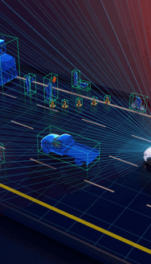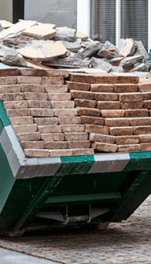Load cells: measuring forces
An electronic circuit called a Wheatstone bridge can accurately measure the change in resistance. Metals exhibit nice linear behavior within a certain area when deformed, so the force can be calculated in the sensor or externally by measuring the resistance of the sensor.
Read more...Easy to integrate
Load cell are not particularly expensive, and they are relatively easy to integrate into a design. Nevertheless, it’s a good idea to study the mechanics of the system closely. If the configuration is right, the force is perpendicular to the load cell and there are no other supports that absorb part of the force.
There are also situations that require highly accurate measurements and therefore a light load cell, but where the system must nevertheless be able to withstand shocks such as a mechanic putting all their weight on the conveyor belt. You can then protect the sensor by creating a stop, which is a buffer that the system runs up against, and that keeps the sensor within its nominal allowable deflection.
Load cells with a strain gauge are the most common in the industry, but other solutions are available that use piezo elements. One new option that is gaining ground is the fiber Bragg grating sensor.
Featured load cells
Need some help?
Our brand-independent sensor database only lists a selection of the sensors available. There are so many different technologies and manufacturers that our online sensor database can never be 100% complete. If you can’t find what you’re looking for, or you have a question, send an e-mail to our sensor experts. We’ll gladly help you with your search.






